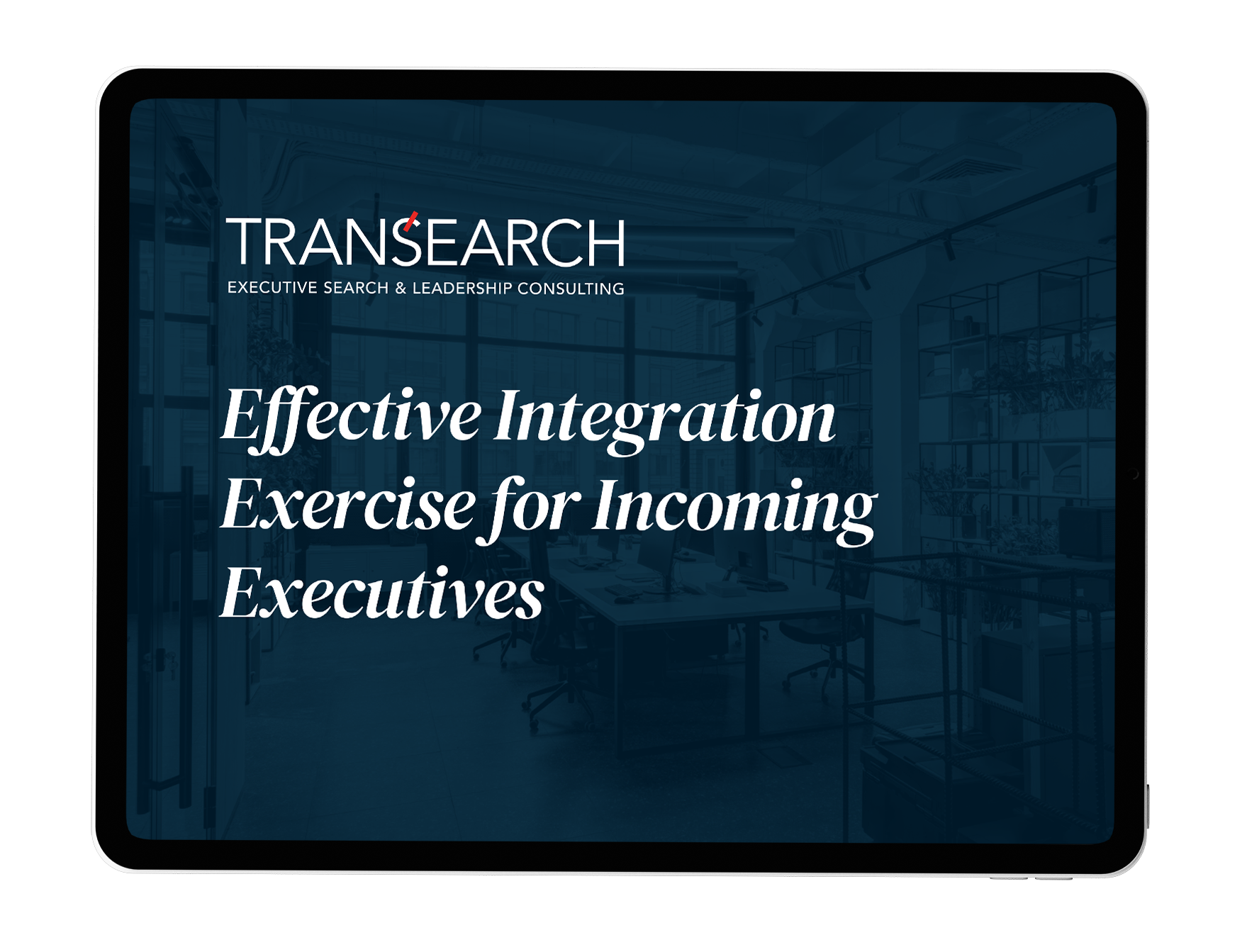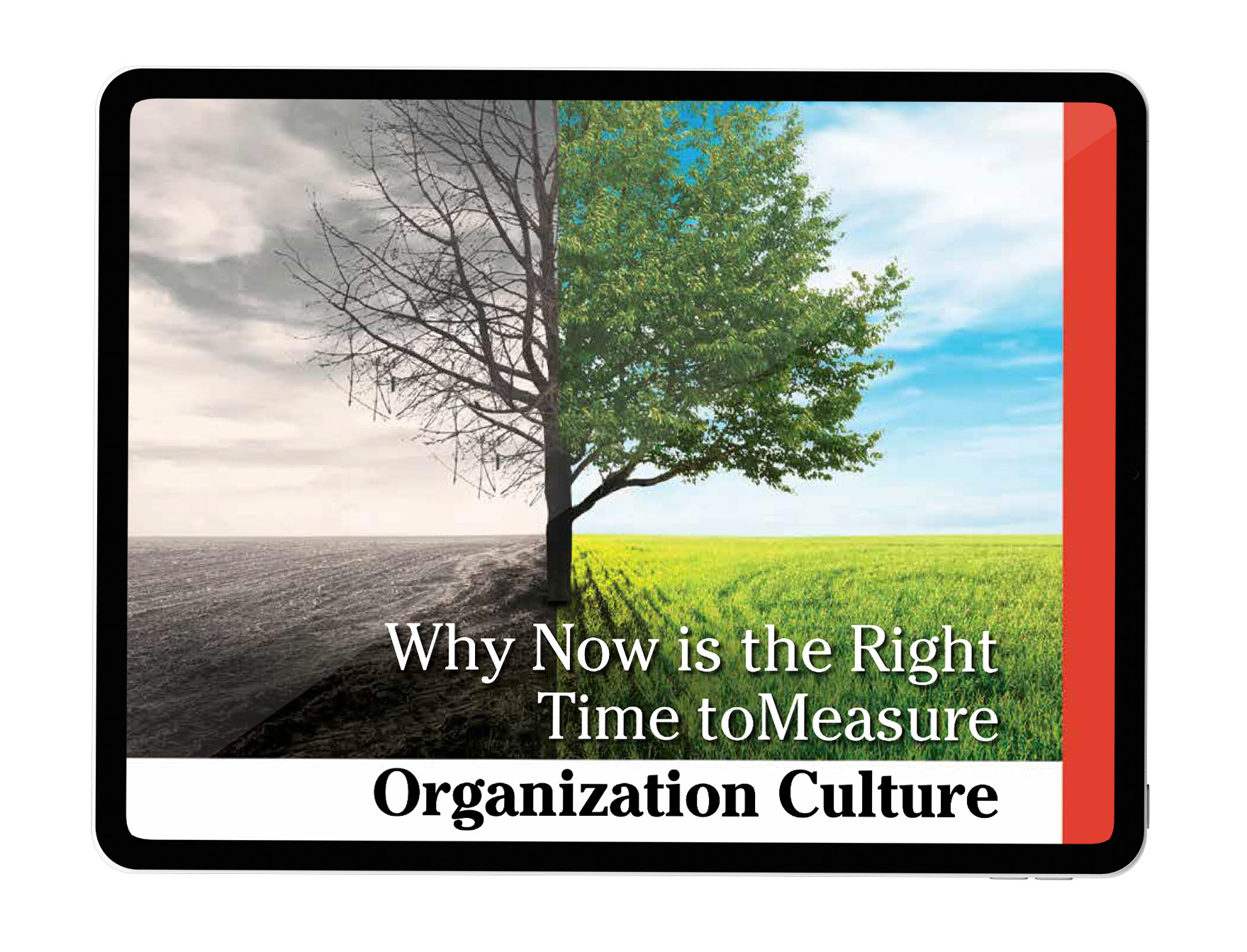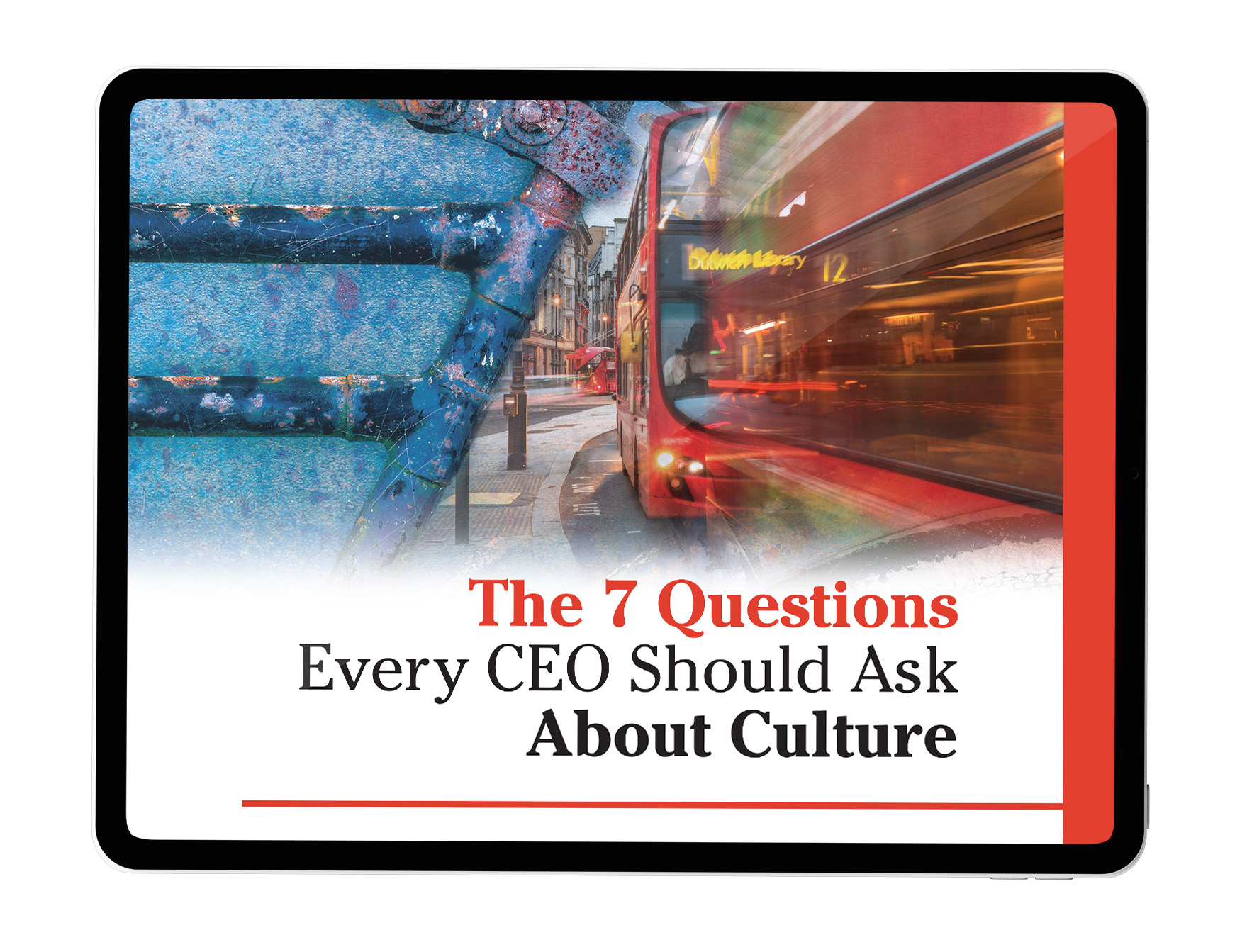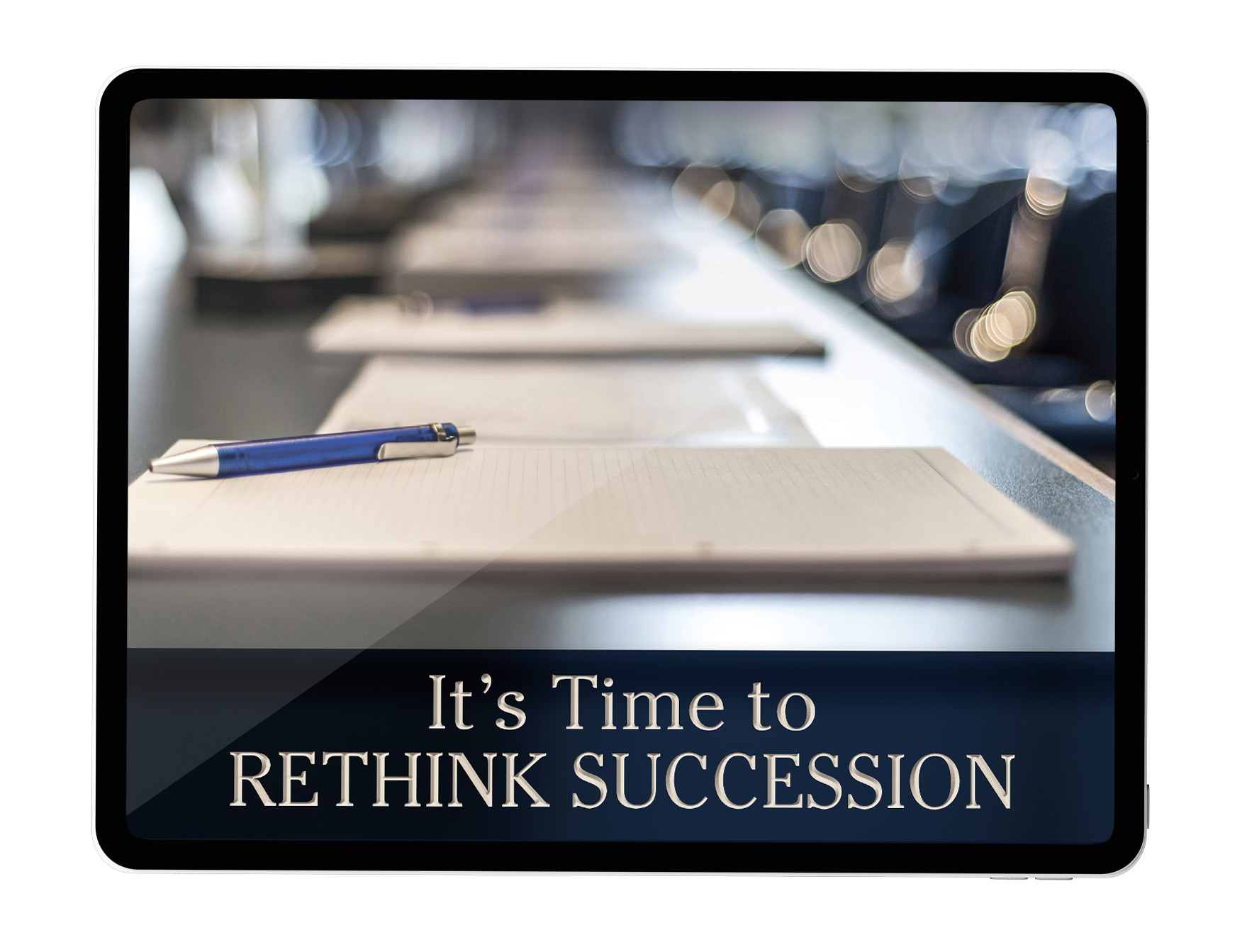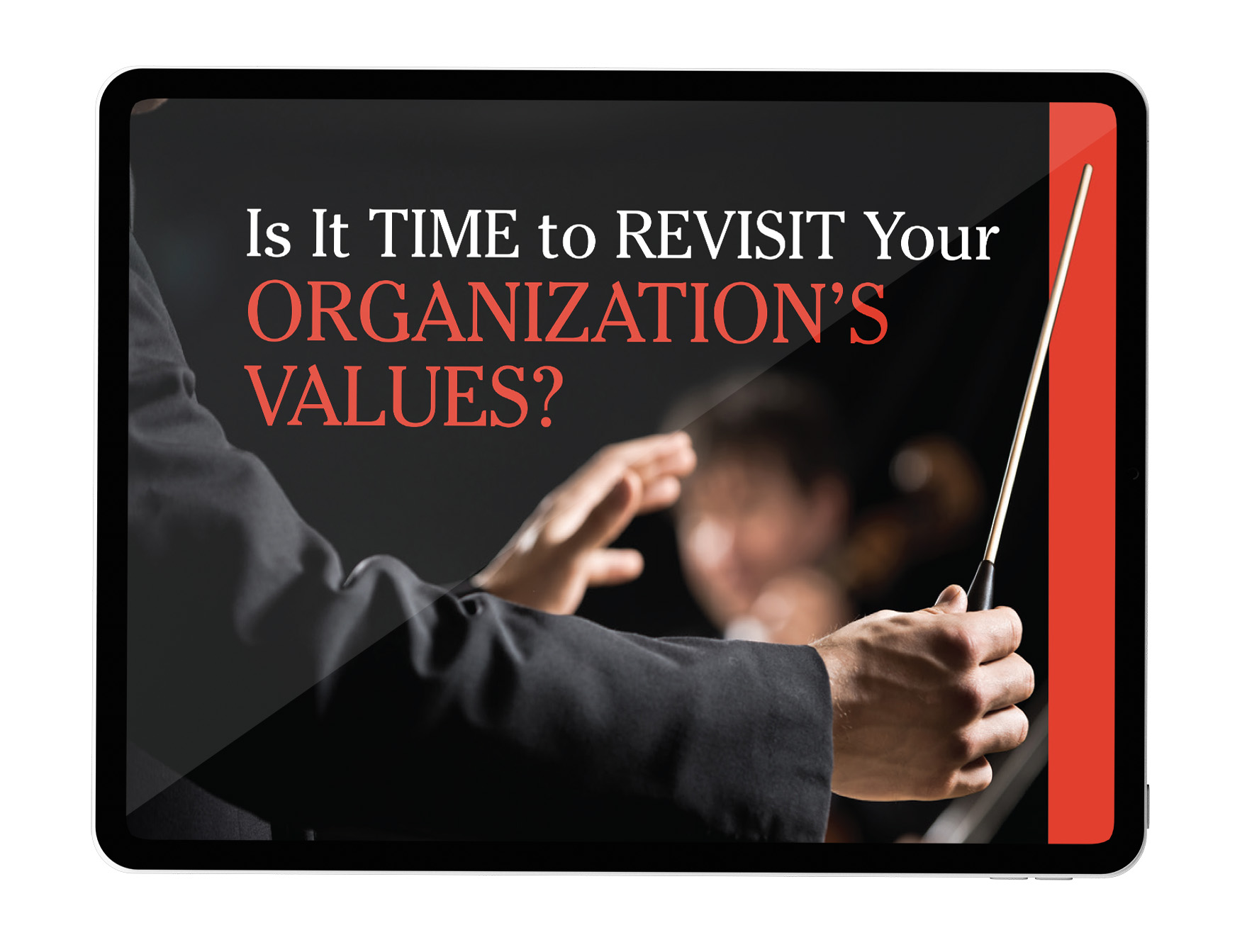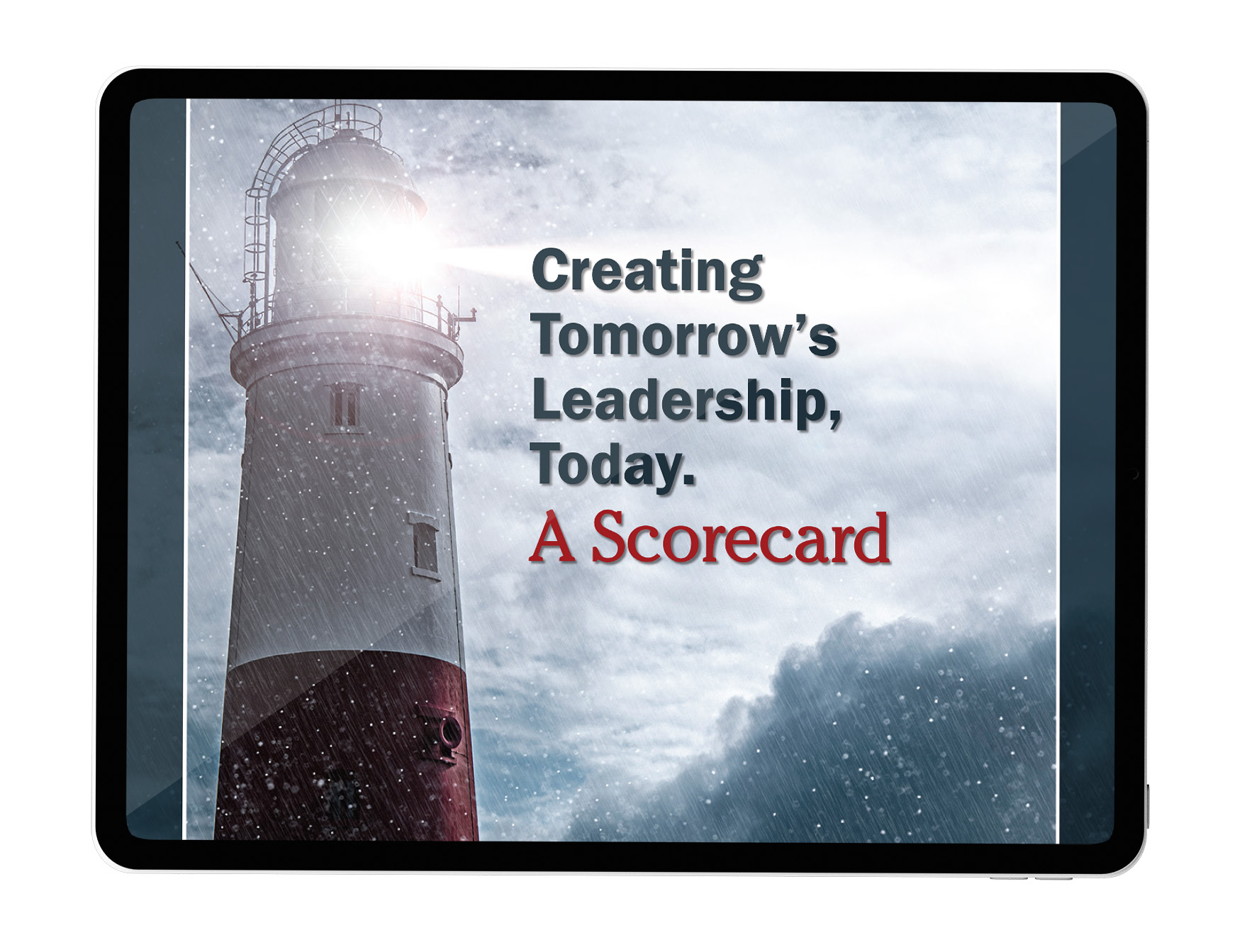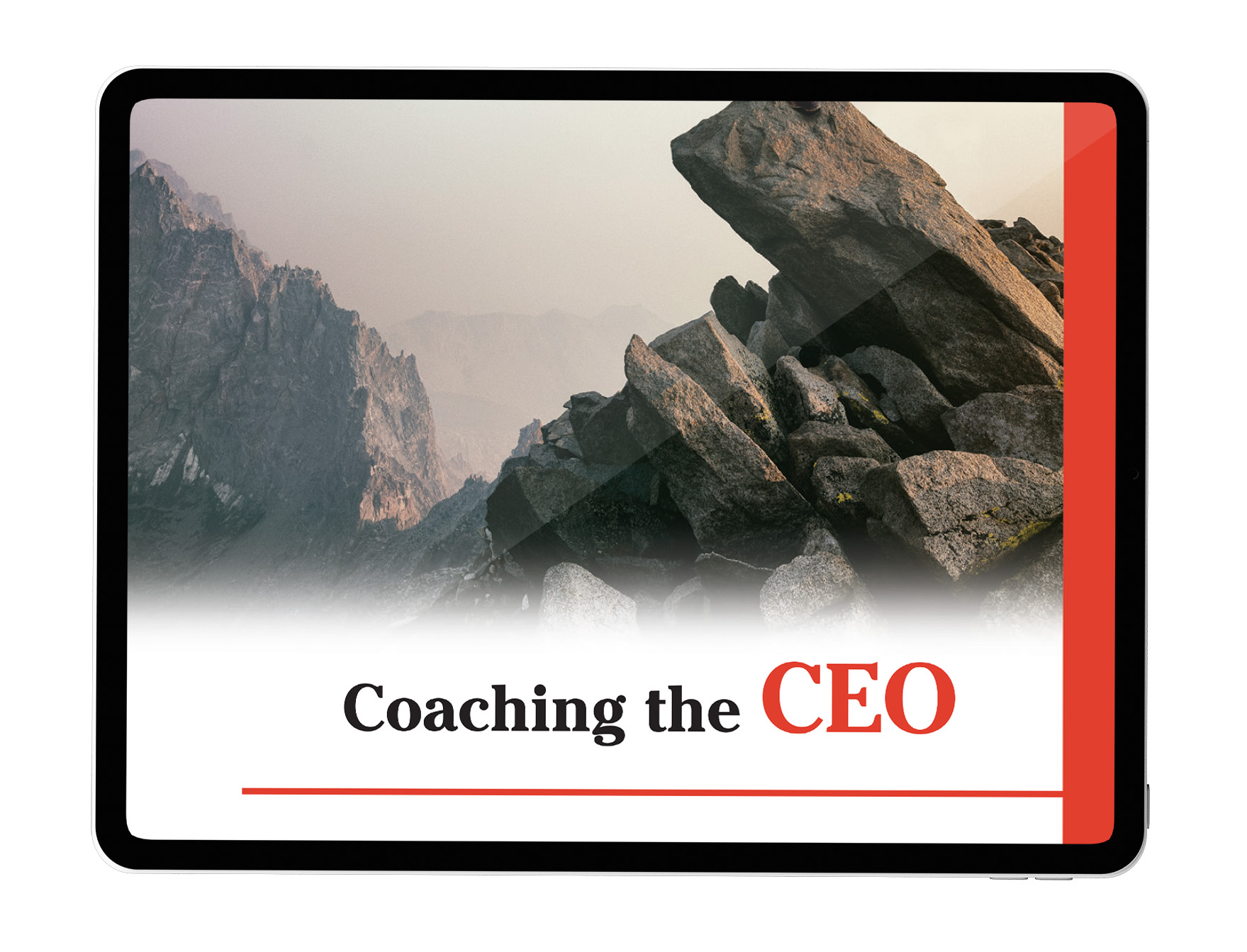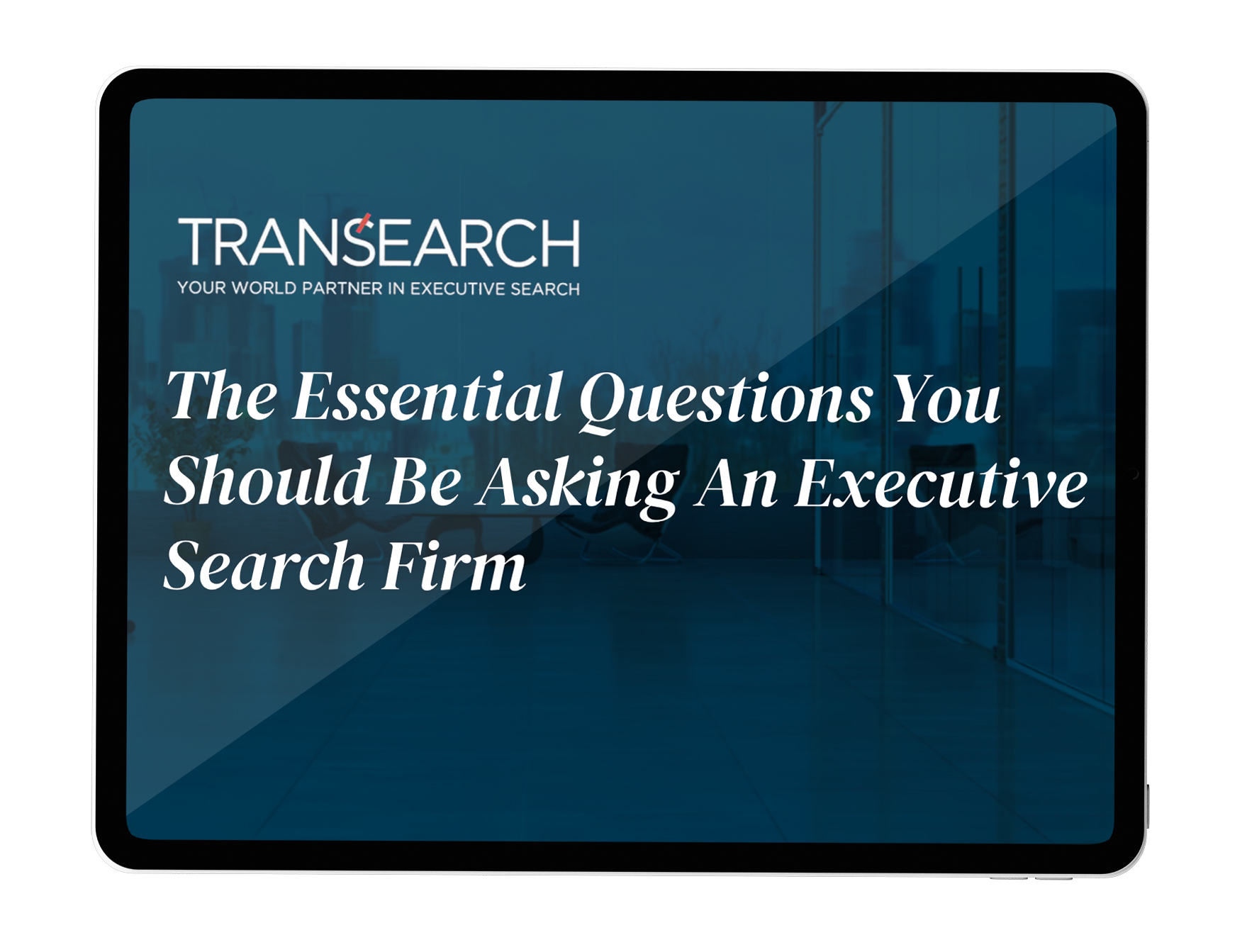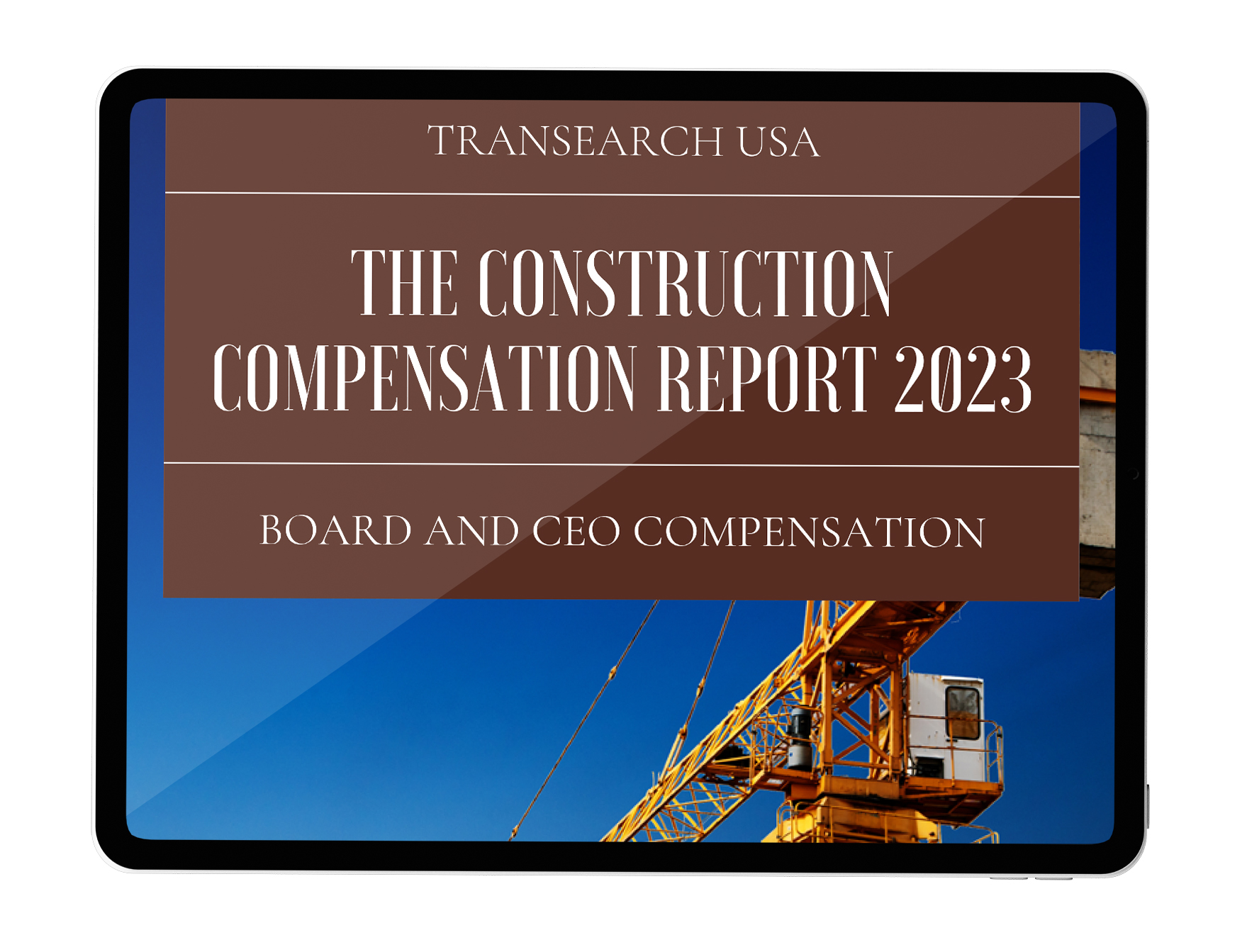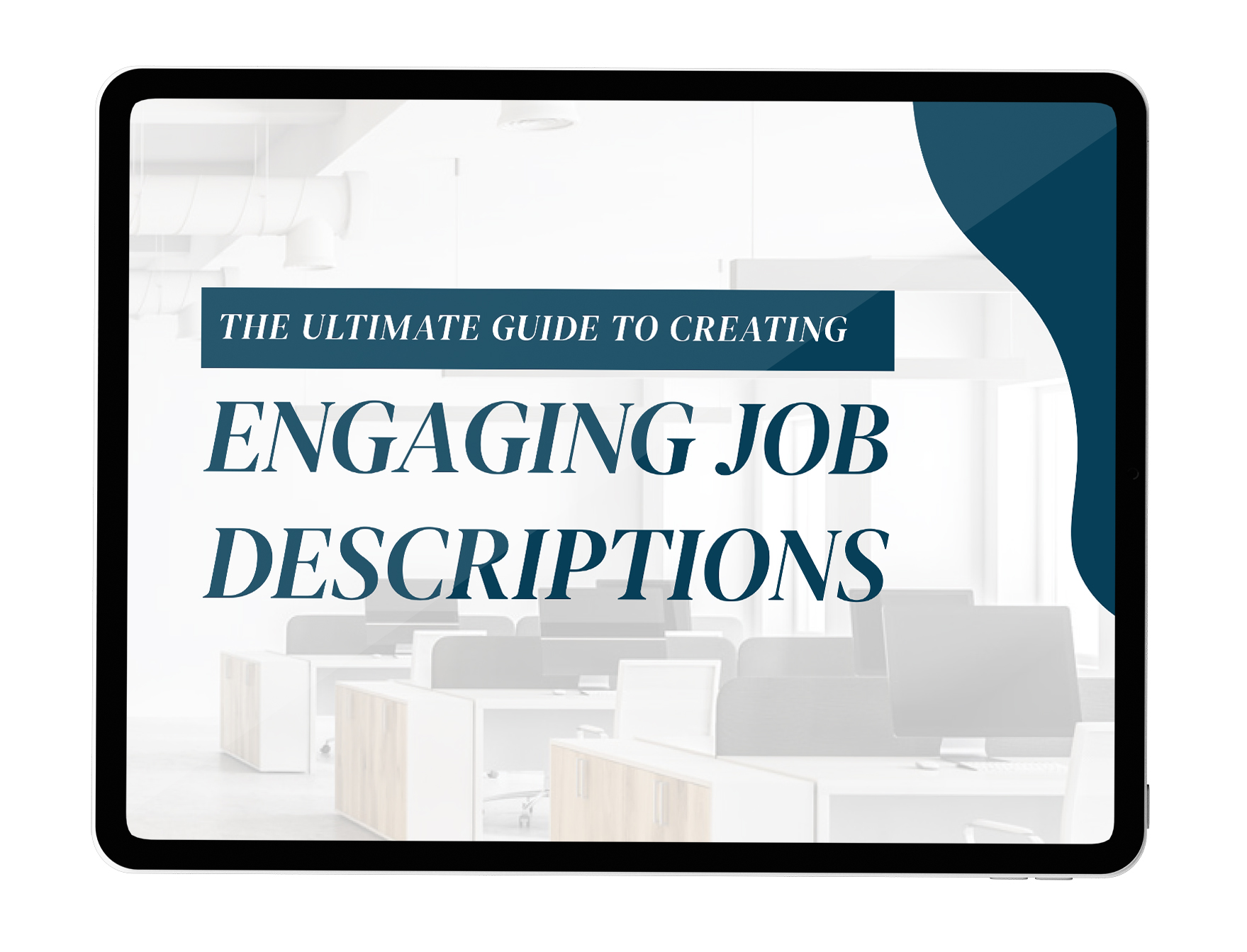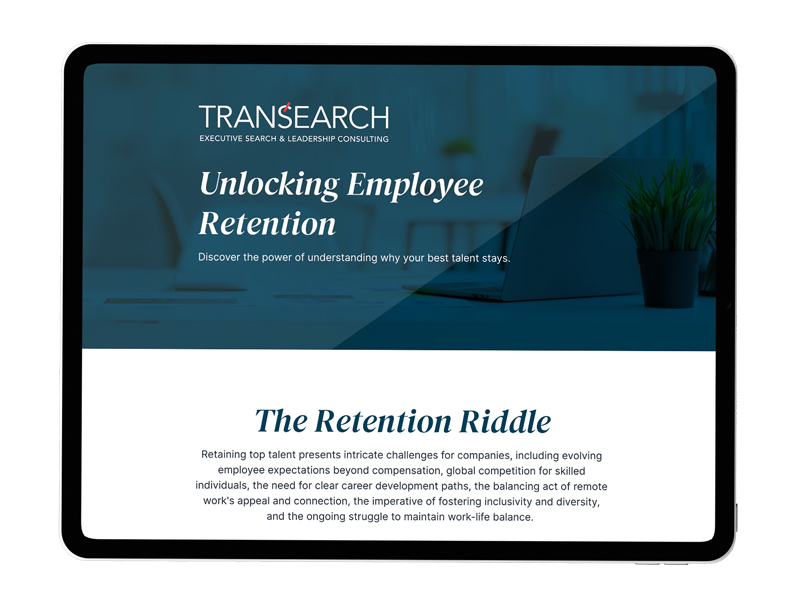Top bosses across corporate America are heading for the exits, joining the ranks of the Great Resignation, new research reveals.
Data from executive outplacement firm Challenger, Gray & Christmas shows that during the final quarter of 2021, the number of CEOs who left their roles spiked 16% from the previous year. In October alone, the number of CEOs who quit was 142, the second highest level ever recorded.
“We talk about employees having experienced ‘Covid clarity.’ That happened with us, as well, over the last two years,” Society for Human Resource Management CEO Johnny C. Taylor, told NBC News. “You’re under intense pressure and you just say, ‘Do I need this?’ There is no more work-life balance, especially for CEOs.”
Like employees of all stripes, burnout, craving more work-life balance and family time, taking a step back to reflect on life and the collective stressors brought on by the pandemic are all causing the stream of CEO departures.
Several CEOs are from high profile companies. In December, American Airlines Doug Parker said he will retire in March. Amazon’s Jeff Bezos quit his CEO role last summer. In November, Jack Dorsey, the co-founder of Twitter took to the tool to tweet he is resigning. And Disney CEO Bob Iger stepped down at the end of 2021.
In light of this wave, which is expected to continue, robust succession planning need to be a top priority for businesses. TRANSEARCH partners with our clients to deliver rigorous and carefully crafted succession plans. Here are four key tips on being smart with your CEO succession programs
1. Start very early
Ideally, the moment a CEO takes the reins, planning a possible successor should start, too. Boards should make it clear to their CEOs from day one that succession planning is a critical part of their job. The CEO can be actively engaged in identifying possible successor(s) and provide guidance on grooming people for the role. Discussions about succession should be a regular agenda item for Boards, CEOs and other possible decision makers. This will help avoid the chance of disruption when the transition occurs.
2. Develop successor profiles
Change is occurring at lightning speed in companies. The traits of a rock star CEO before the pandemic, for example, are surely quite different than what organizations look for in their top leader today. That’s why businesses need to develop a variety of CEO successor profiles that factor in strategic plans, anticipated changes, aspirations for the business and the key skills, competencies and leadership traits the next CEO would need to thrive in the future.
Regarding the latter point, we have learned from Covid that CEOs who flourish possess resilience, empathy, adaptability, the capacity to make swift decisions, humility, authenticity and vulnerability. Great CEOs need to be leaders who employees can connect with and be inspired by. Identifying these traits will help ensure the next CEO is able to tackle whatever tomorrow brings, today.
3. Include diverse perspectives
In the history of the Fortune 500 list, there have been only 19 Black CEOs out of 1,800 chiefs. Today, women account for just 8.1% of the CEOs on the illustrious list. The desire for these numbers to change is firm, with Diversity, Equity and Inclusion (D,E&I) initiatives being mainstream for corporations. The question then becomes how will we see more diversity in CEOs? Having people of diverse backgrounds on Boards is a key part of the answer. This will help bring more diverse perspectives to the entire thought process behind succession plans and bolster efforts to build more diverse talent pipelines as potential successors. It may also be wise to include a wider range of people in the process than just Board members, such as having CHROs, CFOs or other organizational leaders, who bring broader ideas and suggestions.
4. Consider looking above and beyond
While it is commonplace to nurture talent from within, there are some cases where looking externally for a new CEO makes sense. Maybe the company has gotten stale and a fresh new visionary is what they need. Or perhaps the company is the product of a self-made entrepreneur who seeks an external successor with formal training. Whatever the situation is, external talent is an option to reflect on.
In doing so, it would be helpful to work with a search firm with extensive experience placing CEOs. They have tools and resources to identify strong candidates, evaluate their career paths and provide an insightful, objective view of their potential, as well as incisively investigate if they are a smart fit for your company culture and moving that culture forward.
The Reshuffling of CEOs is a reality. The faster and smarter you are at succession planning, the greater the chance you will have a smoother transition and the right leader in place to drive you to a bright future.





















